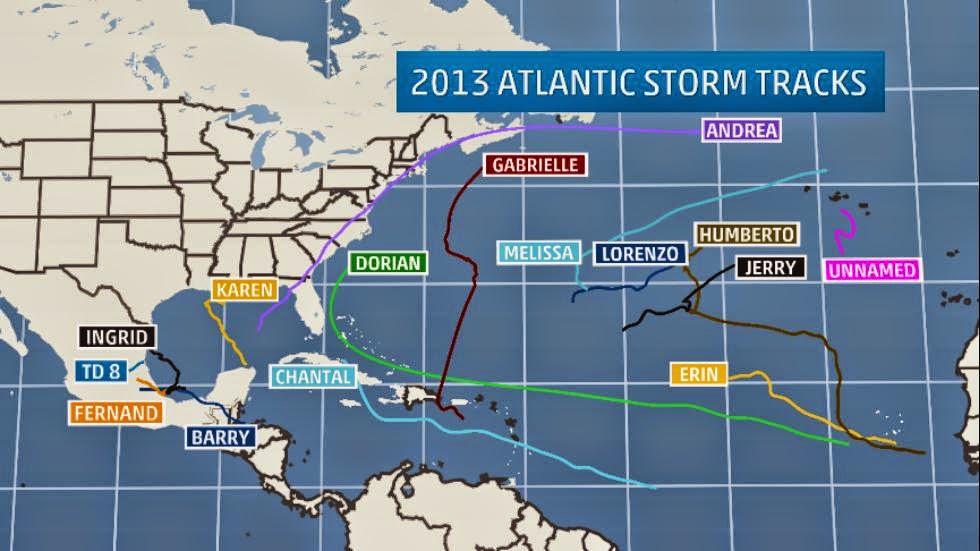Submit your request for storm damage inspection, roof repair or entire roof replacement by calling our office or filling in our online form. We devote the same amount of attention to each request – no matter how big or small!
To better assist you, we will ask you about your contact information (name, phone number and email address), what type of service you need, how you heard about our company, and the best time to meet with you. We will then schedule the initial appointment and assign one of our roofing professionals to assess the property.
INSPECTION AND INSURANCE CONSULTATION
At the day of the appointment, our professionals will inspect your entire property for storm damage. A diagram of the roof and any other problem areas such as siding, gutters, and windows will be prepared and pictures will be taken. If you qualify for insurance reimbursement, we will describe which areas can be claimed. If your property does not have storm damage, we will use the diagram and photos to prepare your proposal for a retail price.
Subject To Agreement – Once you decide to use our company assistance in your insurance restoration process, a document called Assistance Agreement (provided by your roofing professional) has to be signed and given to your roofing professional.
Opening a Claim – Your assigned roofing professional will then assist you to call and open a claim with your insurance company. You will either receive your insurance claim number during that call or your insurance company will contact you later with this information.
Inspection with Adjuster – After an adjuster is assigned to your claim, he will contact you to schedule an appointment for storm damage inspection. It is very important that you call us right away to let us know the adjuster’s name, phone number, date and time of the inspection. It is your right to have your roofing professional present during the inspection – this can dramatically speed up the claim negotiation process.
Insurance Loss Sheet – Once the inspection is complete the adjuster will prepare his detailed report called “Insurance Loss Sheet” and mail it to you. In some cases the report will be given to you right after the inspection. You will need to submit this report to Roofing Professionals of Texas for a detailed audit and once we ensure its accuracy your job scope and proposal will be prepared.
WRITTEN CONTRACT
After the above steps are completed, we will provide you with a proposal for the work be done based on the insurance claim settlement scope. Once you sign the contract and we procure the insurance ACV payment, your job will be forwarded to our production department.
Your contract will describe a process called Supplementing. If the roofing professional discovers any missing items, we will submit a request to your Insurance Company to include (or “supplement”) these items and will provide you with a copy of this request to you. Your contract will specify job start date and expected completion.
The next step in the process is scheduling your job. We will assign the team for your project and schedule installation dates (roofing, siding, gutters, painting, etc.). We will pre-order all the material and schedule their delivery. The dates will be coordinated with you. It is also important for you to know that all schedules are dependent on weather conditions. Each day the weather is not allowing us to work, your project will be delayed.
INSTALLATION
Roof Replacement – Our roofing crew will arrive early in the morning and start the tear off process. To avoid exposing your home to inclement weather during the construction process, our crews do not tear off more than they can replace in one day. The roofers will use your driveway to park a dump truck used to load debris and for cleanup purposes. We will take all necessary steps and precautions to protect your house, premises and landscaping or garden from any construction debris.
Material is delivered later in the morning, usually before noon. Our crew supervisor will verify all materials delivered correspond to what has been ordered.
After the roofing work has been completed, we will haul away all of the debris around your property. Nails that fell from the roof will be picked up with a magnet nail roller.
JOB COMPLETION
Upon completion of all trades, our project manager will perform a final inspection to ensure quality work standards were met. Your roofing professional will meet with you and complete a final walk through to make sure work was done to your satisfaction. Then, upon full payment, a completion certificate and warranty will be given to you to sign and later turned in to the office.
Once we receive your signed completion certificate we will mark your job as complete and withdraw your file from production. If your project is an insurance restoration work, we will submit final documents to your insurance company so they can release the depreciation funds to be picked up by your roofing professional on your claim.
Each of our contracts specifies a warranty period for our workmanship. We take pride in our installation quality and provide a lasting service warranty, in addition to the best manufacturing guarantees. Anytime you suspect there might be an issue with our work, don’t hesitate to call our office – we will give your request highest priority!
Your Choice is Roofing Professionals of Texas. Let us show you what makes Roofing Professionals of Texas the leading roofing contractor in Texas. Call us today at (469) 906-2600 or submit an online request. We look forward to serving you! Contact us now or visit our website at www.roofingprotx.com.
www.facebook.com/roofingprotx
www.twitter.com/roofingprotx
www.plus.google.com/u/0/+FreddieReinwaldroofingprotx
www.youtube.com/c/FreddieReinwaldroofingprotx
www.roofingsolutionsexperts.blogspot.com















































